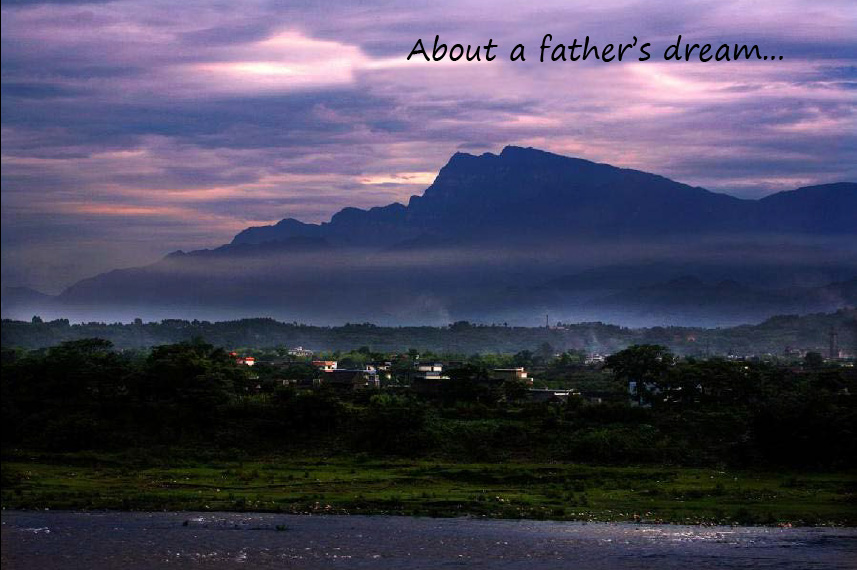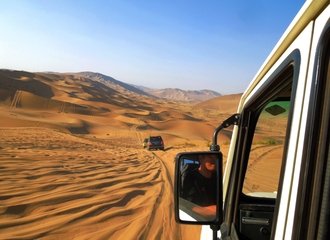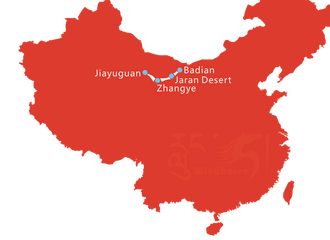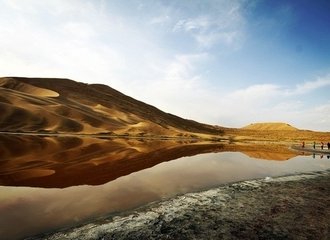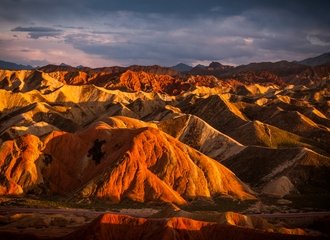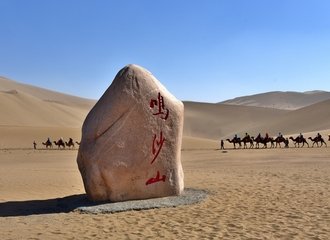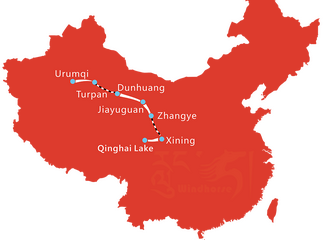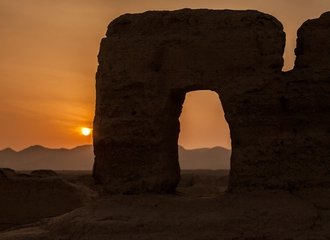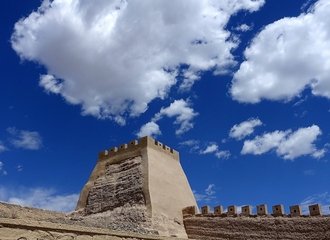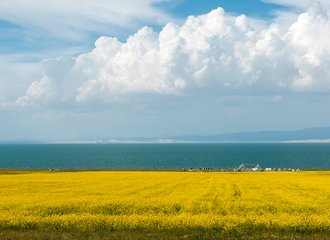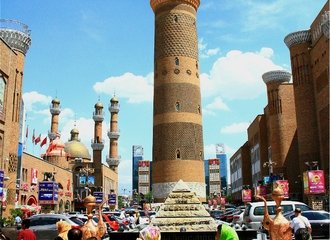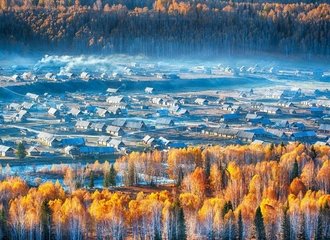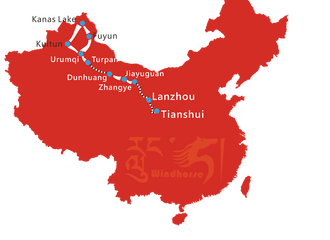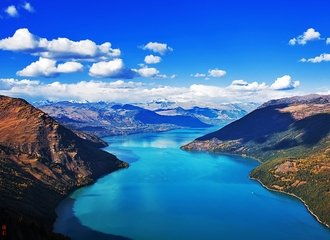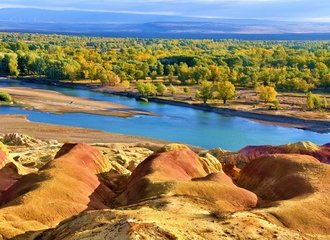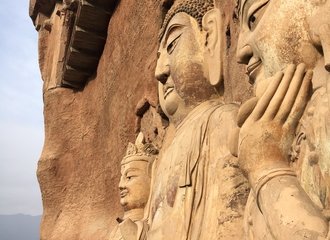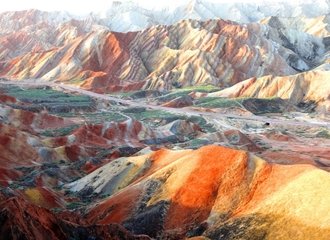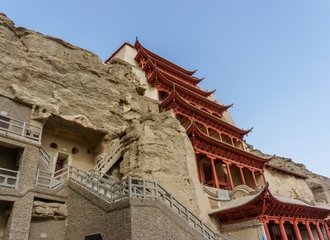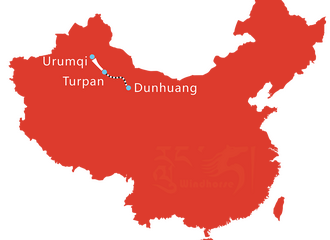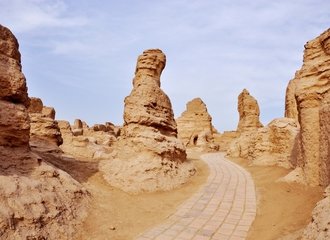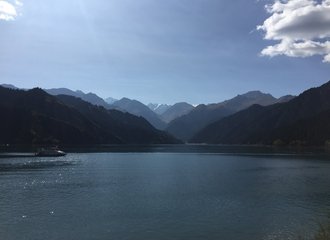Hiking Mt. Emei- A Midlife Crisis Cure

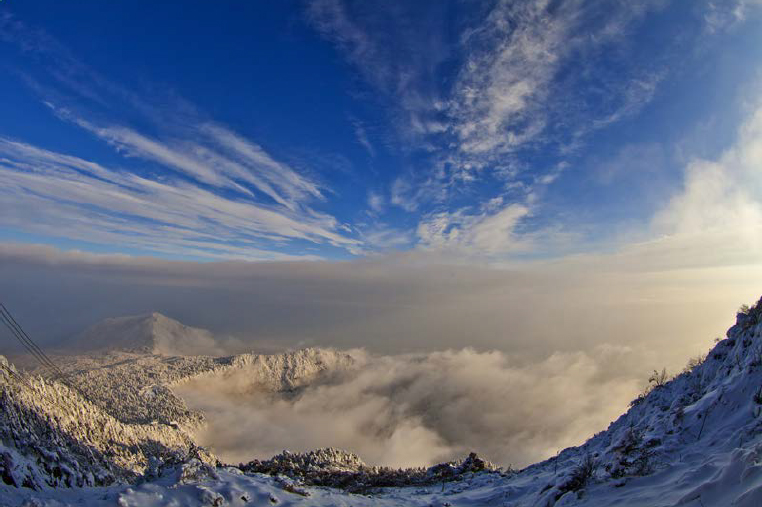
Youngsters have a lot of passion. They are always eager to try anything new. Take my 10-year-old son, John: he is curious about everything and never stops asking questions. A lot of older people, on the other hand, have lost the strength of will to try new things. But what about a middle-aged man like me? I'm not ready to succumb to the apathy of aging yet. In fact, I'm unlikely to ever reach an age when I no longer want to experience new things or challenge myself. Recently, I climbed Mt. Emei, a popular tourist destination in China's Sichuan Province, and took John with me. Looking back, I realize it was not only a healthy way to deal with a budding midlife crisis, but also one of the best father and son decisions I've made in a long time.
The Significance of Mt. Emei
Mt. Emei is called Emei Shan in Chinese. “Shan” means "mountain." Mt. Emei is one of China’s four holy Buddhist Mountains. At 3.099m (10167.2 ft.), Mt. Emei is the highest of the four holy Buddhist Mountains in China - a challenging climb for father and son alike. Otherwise, I wouldn't have taken so much time off from work during this busy period of my life to climb a mountain. No, I needed a challenge, and Mt. Emei - a perfect destination for tourists who want to stay in shape - provided me with a vacation solution. And, it is my theory that if I stay active during my working years, I'll still be fit enough to leap out of my wheelchair to answer the call of adrenaline when I am 80 years old and retired.
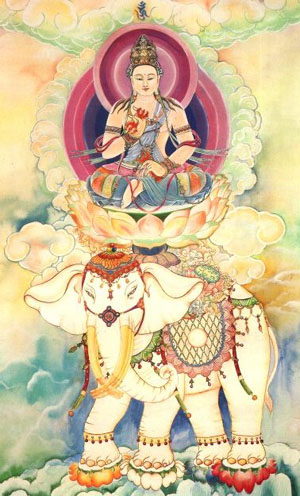
Mt. Emei's Rich History
Speaking of old age, Mt. Emei enjoys a long and varied history. Emei has been inhabited as far back as 10, 000 years ago. According to historical reports Emperor Xuanyuan traveled to Mt. Emei to practice Taoism 5,000 years ago. 1,900 years ago, a Buddhist monk built the first Buddhist monastery in China on Mt. Emei, originating Buddhism in the Yangtze Valley. Historical reports from the 16th and 17th centuries also hint at martial arts being practiced at monasteries on Mt. Emei, which would make Mt. Emei the birthplace of Chinese boxing, not the Shaolin temple. On Dec. 6, 1996, UNESCO made Mt. Emei a World Cultural and Heritage Site along with the Leshan Giant Buddha (the largest stone Buddha statue in the world) in the neighboring town of Leshan.
Today, Mt. Emei boasts no less than 76 Buddhist temples from the Ming and Qing Dynasties. The architecture of these temples cleverly ignores the traditional style of earlier Buddhist temples to incorporate the beauty of Mt. Emei's natural surroundings. Some of the temples are built on terraces, while others are built on stilts. Natural surroundings include thick forests, stately trees, majestic waterfalls, and verdant vegetation. The Qing Dynasty poet Tong Zhongyue claimed Mt. Emei consisted of 10 scenic sights. Today, the list has been expanded to include many new scenic areas, often with colorful names, such as The Flying Waterfall Hanging over the Dragon Gate and The Spring beside the Tiger Brook.
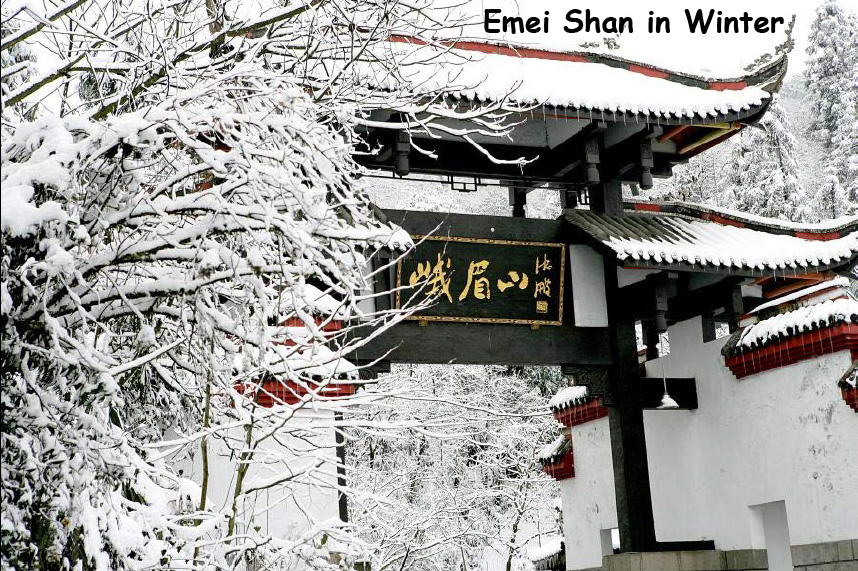
Practical Advice for Visiting Mt. Emei
Tourists to Mt Emei are recommended to plan for at least two days and one night stay on Mt. Emei. There are different accommodation options available, ranging from luxurious to budget hotels. There are inns on the mountain and hotels available at the Golden Point or you can camp. I highly recommend camping, especially if you have children.
Our Climbing Experience
John and I spent three days climbing the mountain and slept at night in a tent. It was an invigorating experience, inhaling the fresh air and watching the stars twinkle. I felt proud of myself for being a good father, and for teaching my son about the great outdoors. John helped me set up the tent. Because it often rains on the mountain in summer and Mt. Emei is cold and covered with snow in the winter, climbers are advised to bring appropriate outdoor clothing, hiking boots, and a backpack. As we wanted to reach the top of the mountain quickly, John and I didn't bring much gear with us.
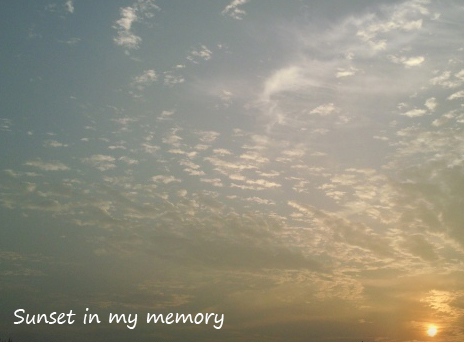
Preparing for the Climb
We wanted to dash up the mountain as fast as we could, without carrying a lot of extra weight. Still, a pair of hiking boots proved to be a necessity. Rain makes the trail slippery and hiking in wet boots is, of course, miserable. I also recommend bringing additional warm clothing, as the air gets colder at night and as you near the top of the mountain.
Journey to Mt. Emei
Mt. Emei is 7km (4.35 miles) southwest of Emei town, 37km (22.99 miles) east of Leshan city, about a 3-hour drive southwest of Chengdu, Sichuan’s provincial capital. You can take the bus from Chengdu, hire a private car, or take the train. I decided to take the train from Chengdu to Leshan city. John begged me to drive us to Mt. Emei in our family car but I said, "No way!" The train trip to Leshan was one part of the Mt. Emei experience I didn't want my son to miss. He was upset at first, but I was pleased later on when I noticed him enjoying himself on the train, talking excitedly about the things he saw passing outside of the window.
One thing I saw passing outside of the window far too often was people driving expensive cars to Mt. Emei - I saw them hop out of their cars, cameras in hand. They quickly snapped images of one another posing in front of scenic landscapes. Then they hopped back inside their cars and sped off. Watching them from the train, I thought, why follow the herd?
Everyone has their reasons for climbing Mt. Emei and their styles. Take for example the old woman I met on the mountain. She was leaning against a walking stick. She told me that when I am her age I will become the same as her - a stick-walker. I didn't want to think about that: I don't want to be an old stick-walker anymore than I want to be the sort of person who drives up a mountain in a car and calls it mountain climbing. With the onset of my third decade has come a nagging internal voice that in my youth was quiet enough to ignore. The voice tells me that I must face harder, more extreme challenges, even dangerous situations to prove myself and avoid stagnation.
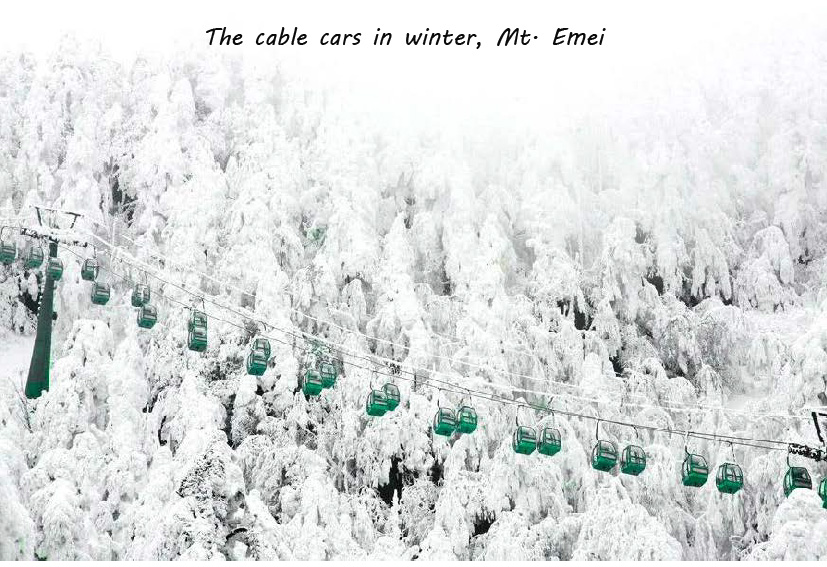
The Climb Itself
Climbing Mt. Emei can be strenuous if you are not in good shape and the hike can last several days, depending on how many attractions you wish to visit. The trail meanders and is steep in some places. But there are easier and more leisurely options than foot travel. Tourists can hire a minibus or a sedan chair and be carried up the mountain like a king. Or they can ride a cable car and enjoy the sights from above. The cable car delivers you to a pair of famous temples at Jiding, about an hour's hike from the summit. But if you want to experience the natural splendor of Mt. Emei to its utmost, you'd better climb the mountain and avoid the transports as much as possible. If you are a middle-aged man like me, or older, you can try switching between riding cable cars, buses and climbing - mixing it up in order to conserve your energy for the next day.
Personal Reflections
But I am not the sort of man who enjoys taking the easy way out. Besides, I wanted to set a good example for John. I wanted to instill within him a spirit of adventure and an irrepressible desire to always try new things. I wanted to teach him to never stop until he gets where he is going. Mostly, though, I just wanted to keep up. Watching John climb the mountain, darting back and forth, brought back memories of my own childhood when I climbed Mt. Emei for the first time. Back then, it seemed a lot easier, or at least I don't remember getting so tired. This time around was a little different - I was shorter of breath and sorer in the morning, but whenever I saw John charge up the trail I was inspired. Sometimes, when I caught sight of him playing effortlessly on the trail, I felt an odd sense of comfort. I thought: well, he still has a long way to go. Up the mountain and in life.
Of course, I realize everyone continues ageing day after day - there is no escaping time; in the end, everyone gets the stick. But it's comforting to think that holding on to one's heart of gold is perhaps just as precious as youth. Instead of explaining my mid-life reasons for climbing Mt. Emei to the old stick woman, I decided to help her along her way. So, the three of us set off for Golden Point together. Golden Point, also called The Golden Summit, stands at 3,079m (10,101.5 ft.) on the Wanfo Summit. Wanfo Summit is Mt. Emei's highest peak, at an elevation of 3,099m (10,167.2 ft.). The Golden Point covers 16 square kilometers and has an average temperature of 3 degrees.
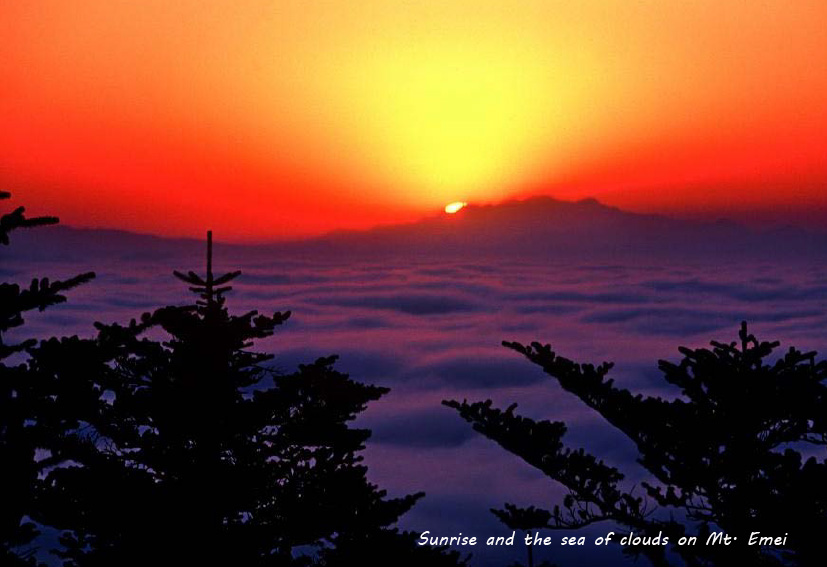
The Golden Point
Golden Point is beautiful year-round, but for tourists and pilgrims hoping to catch a spectacular sunrise or sunset, April and October are probably the best months. During the other months, the horizon is often shrouded by thick clouds, obscuring the view. Tourists from all over China and the world journey to Golden Point to observe its majestic sunrises, Clouds Sea, and Buddha’s Light, making Golden Point one of Sichuan China's most splendid sightseeing destinations.
Indeed, Golden Point is nearly as famous as Jiuzhaigou National Park. Golden Point is also the top of the mountain, so it is every climber's goal. The majestic view is their reward for reaching the top - the icing on the cake, so to speak. Whenever I felt short of breath on the trail or my legs got shaky, I visualized the spectacular view at Golden Point - the brilliant golden arc of the sun, clouds materializing above and carpeting the green valley below - and that gave me the strength to keep putting one foot in front of the other.
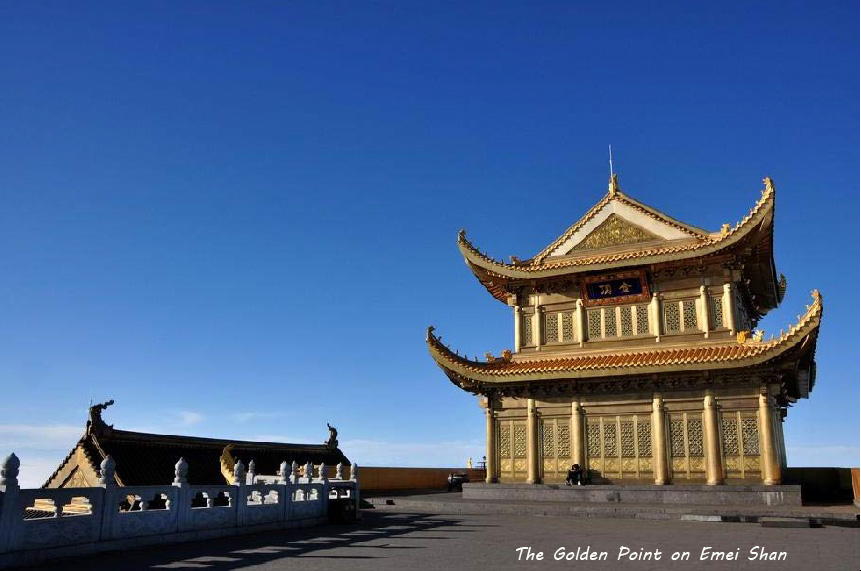
The Monkeys of Mount Emei
No article about Mt. Emei would be complete without mentioning the monkeys of Mt Emei. These famous, furry, and clownish creatures are a natural tourist attraction almost as popular as Golden Summit. The monkeys of Mt. Emei are Tibetan Macaques, or Chinese Stump-tail Macaques. They have brown fur and hairless faces as expression-filled as people.
The monkeys' diet consists mainly of fruit, seeds, nuts, berries, insects, and - food they steal from tourists! Many climbers have returned from Mt. Emei with photos of monkeys drinking from discarded bottles or enjoying snacks they pilfered from a backpack. Sometimes the monkeys even steal the backpack, though it is the food they are really after. Local vendors sell nuts you can feed the monkeys and you are welcome to give food you brought from home, but the monkeys are most famous for their thievery.
A Word of Caution: The Thieves of Mt. Emei
Generations of stealing from hapless tourists have honed the monkeys' pickpocketing skills and made them aggressive. Don't turn your back or try to tease the monkeys with false offerings and hope to get away with it. John tempted the monkeys with a piece of bread he intended to eat himself, only to lose it to a monkey who leapt forward with lightning speed and snatched it from his hand! John was so surprised and angry he wanted to fight the monkey, but I held him back. Tibetan Macaques are small, but they are strong and fierce and travel in tight-knit groups.

Life's Journey and Enlightenment
I wanted to end with the image of John and me standing together on Golden Summit watching a golden sunset -something like that, but there is no escaping a phrase my love wrote in Chinese: 仿佛自由,肩洒阳光。 (fǎng fú zì yóu, jiān sǎ yáng guāng, which means "Like the sunshine casting on my shoulder, getting close to liberty") It means life is a long, hard journey toward enlightenment; just like a long, hard climb up a mountain, getting closer to life's reward at the Golden Summit. Along the way we grow older. Our children grow older. We can't change this, because it is just life's natural cycle. But that doesn't mean we need to lose our direction or our beliefs - no, we need these things more than ever, to guide us to a higher position.
Just like the pilgrims who walk from far-flung lands to gather at Mt. Emei and pay respect to Buddha while purifying their souls, so am I just trying to cross over this midlife crisis and give my passion over to another day in my life.
